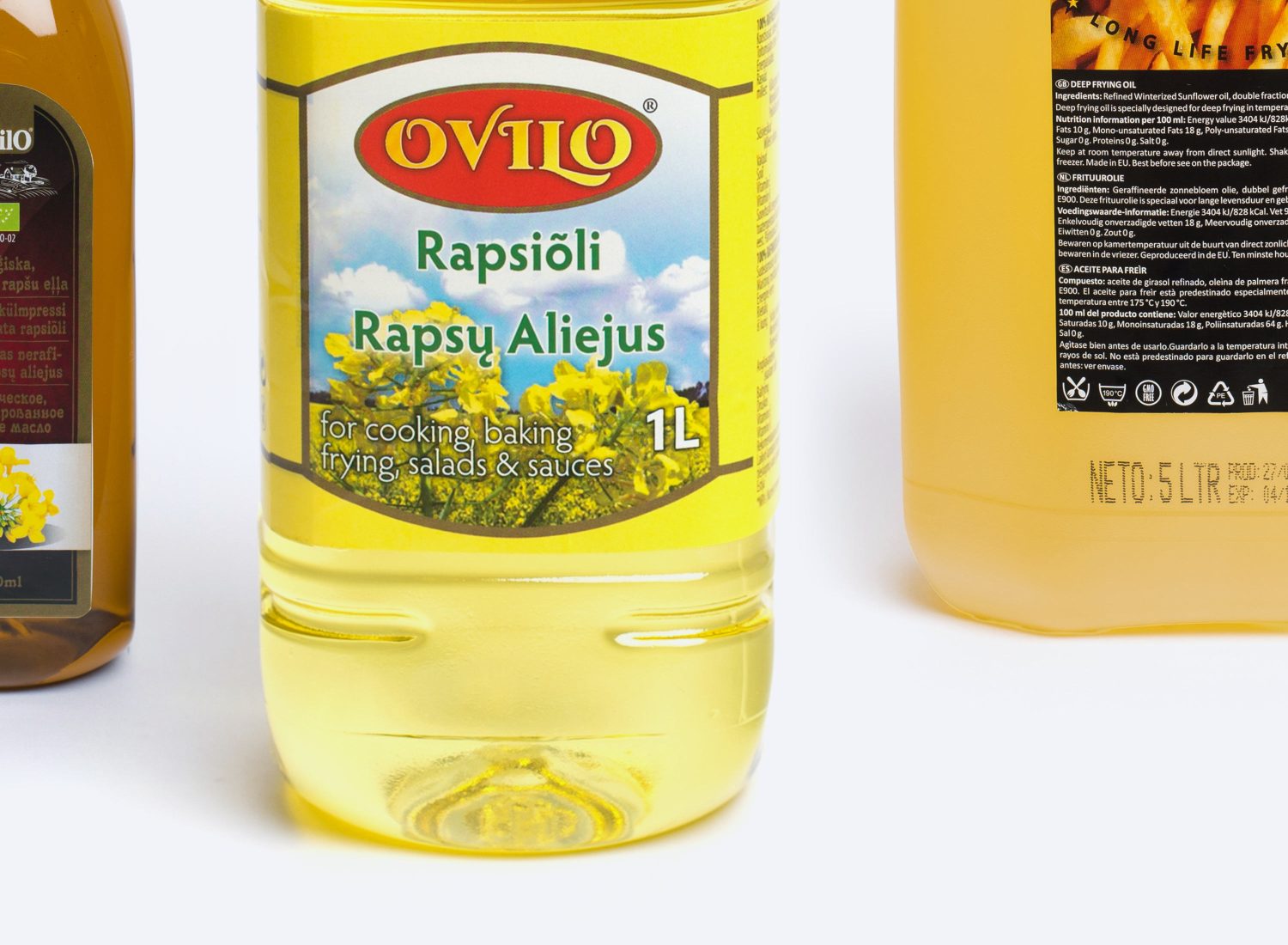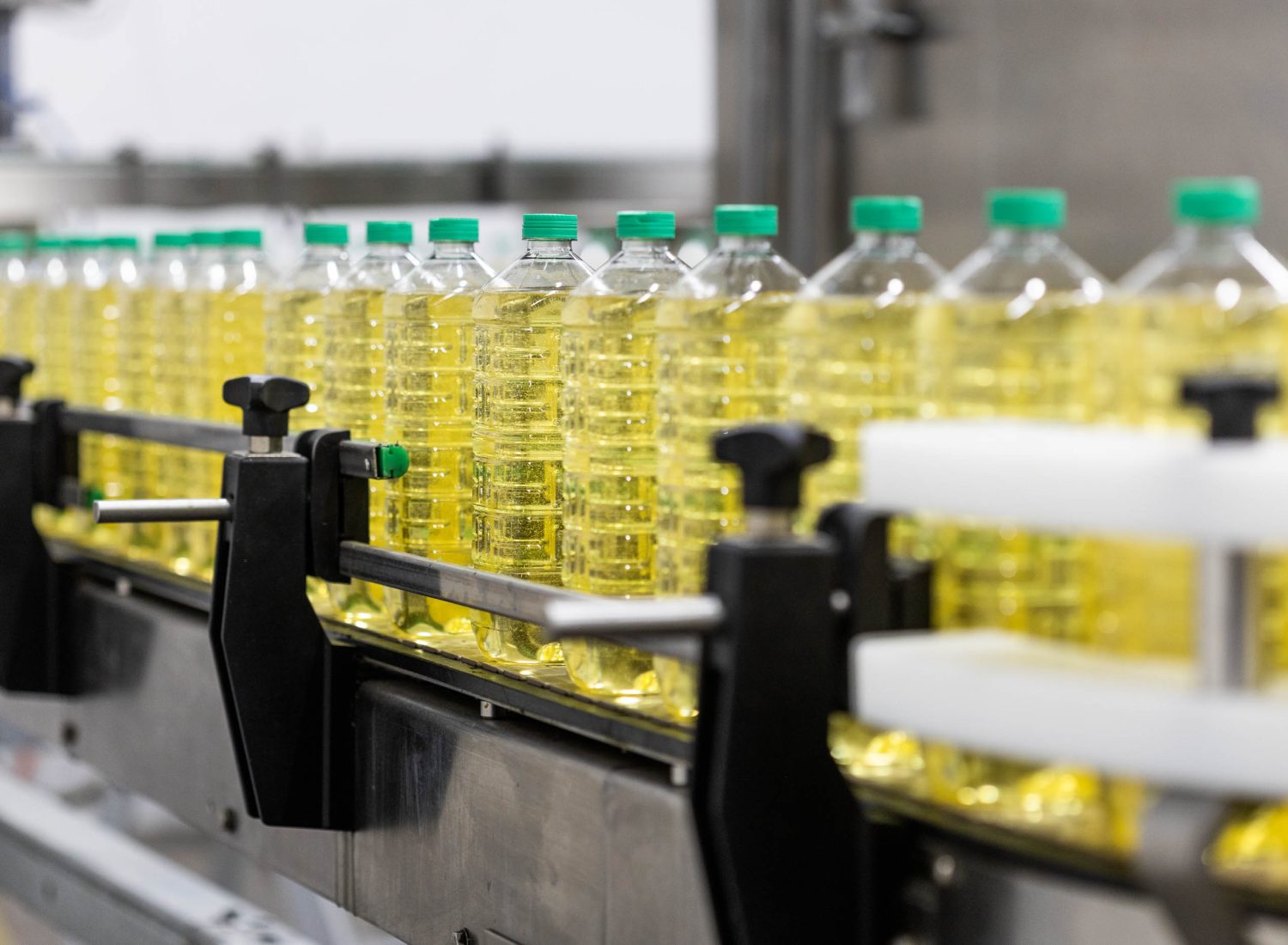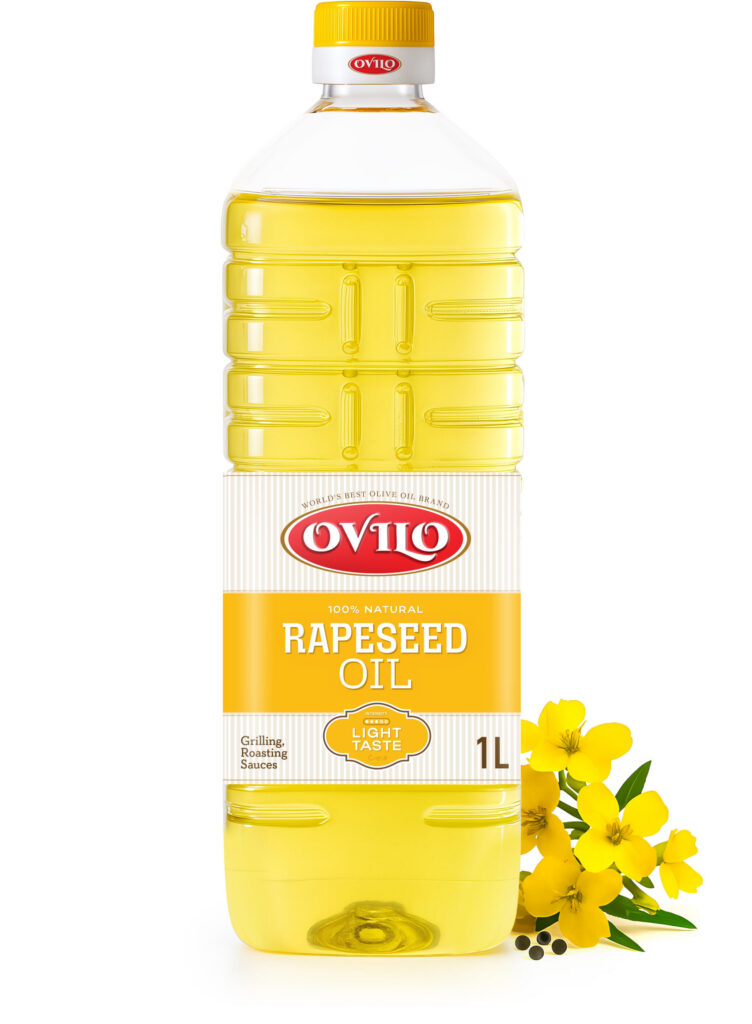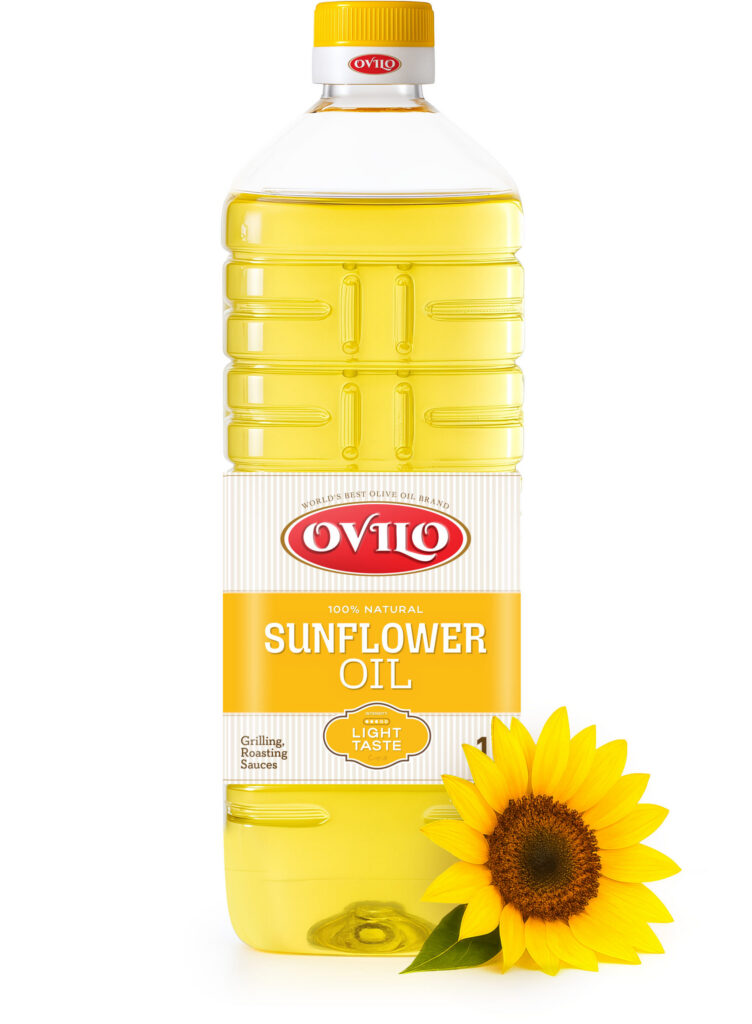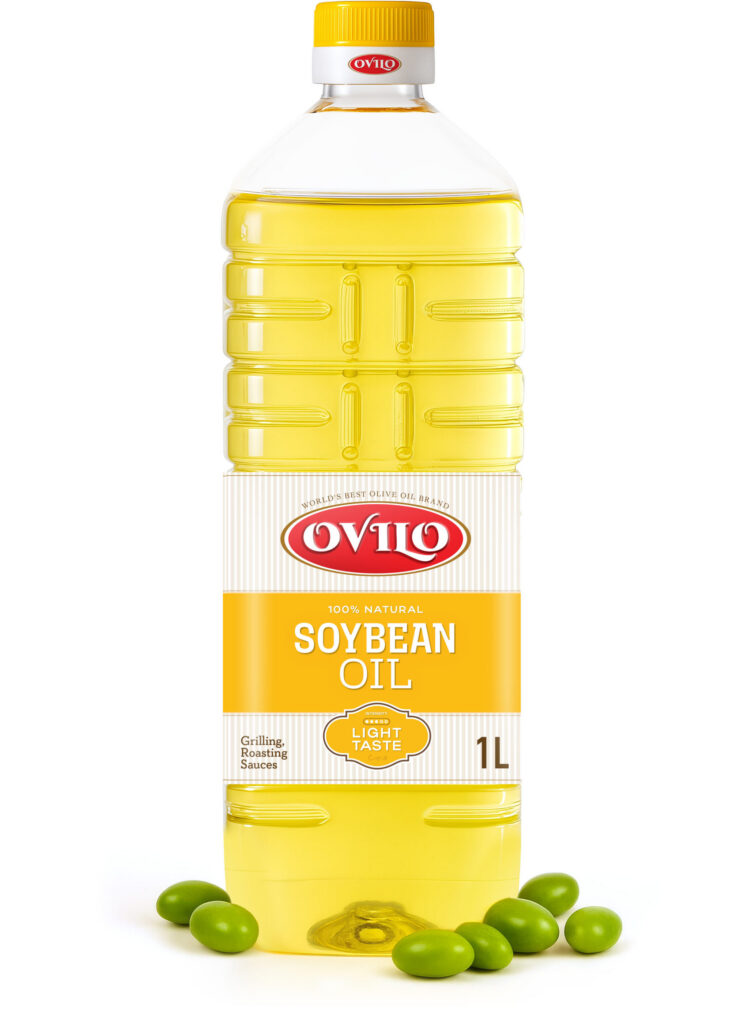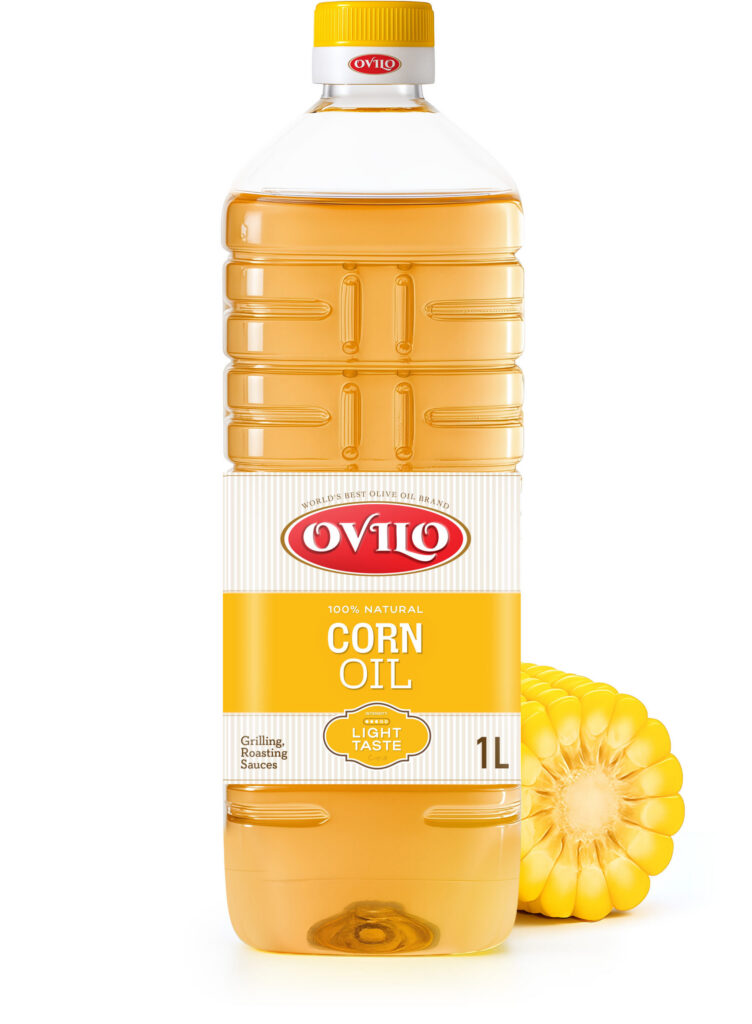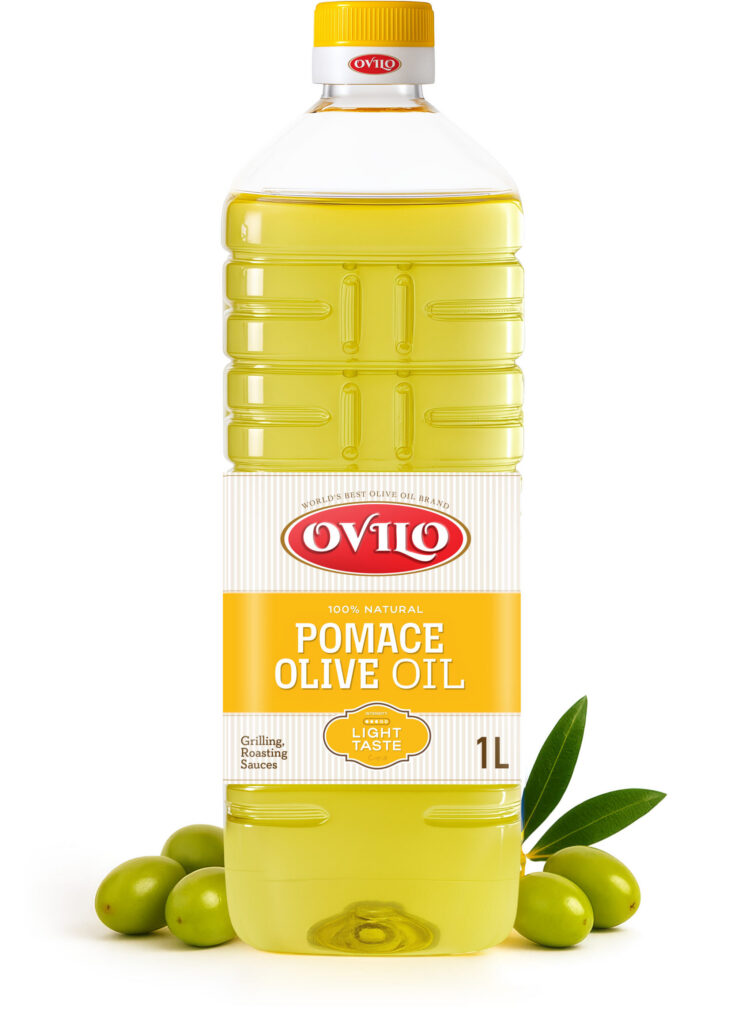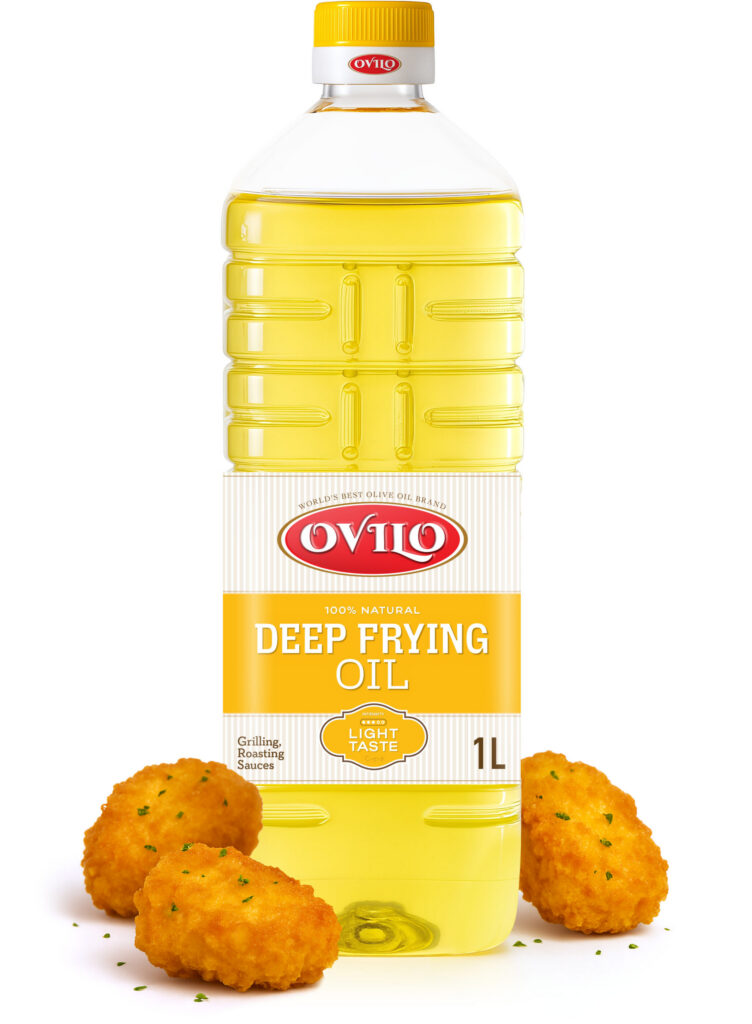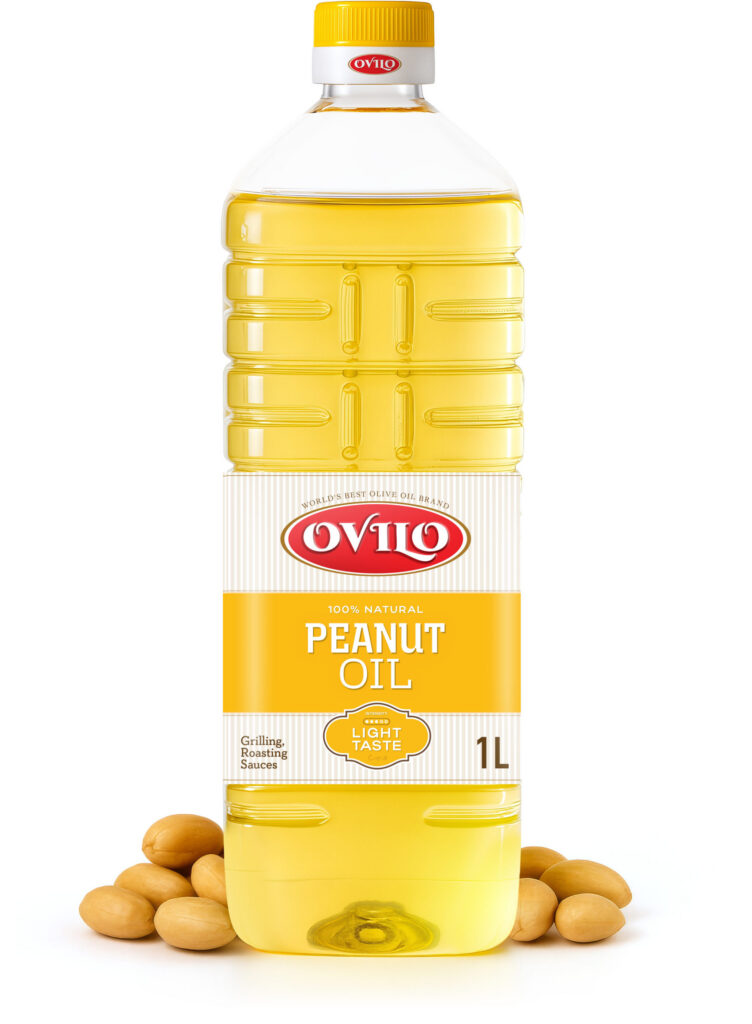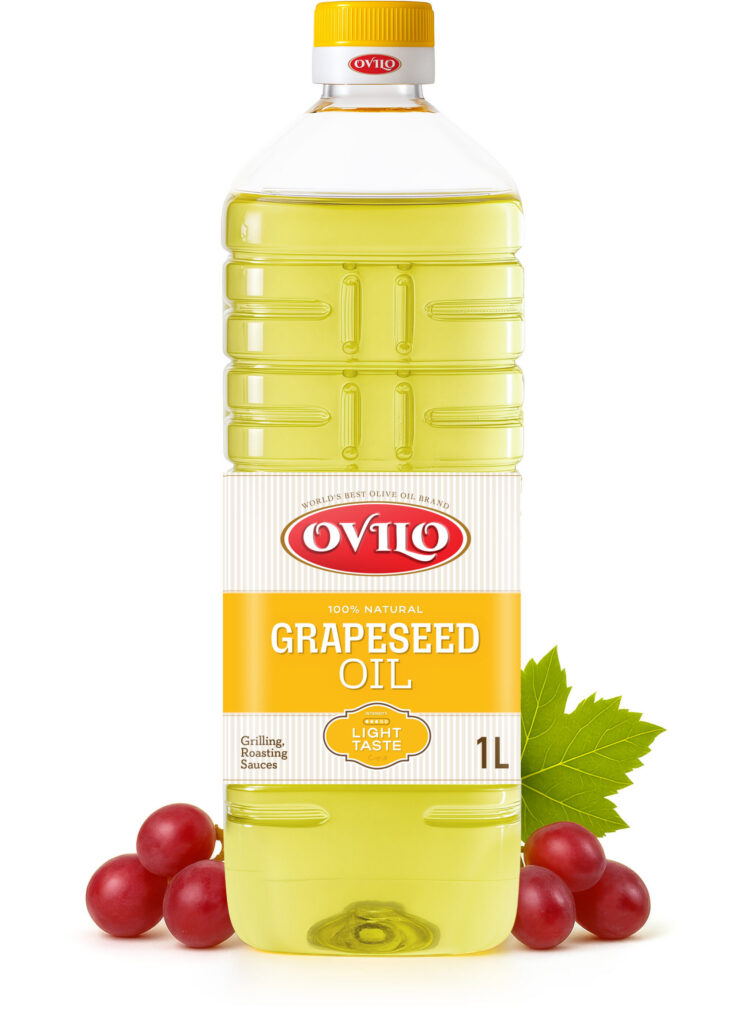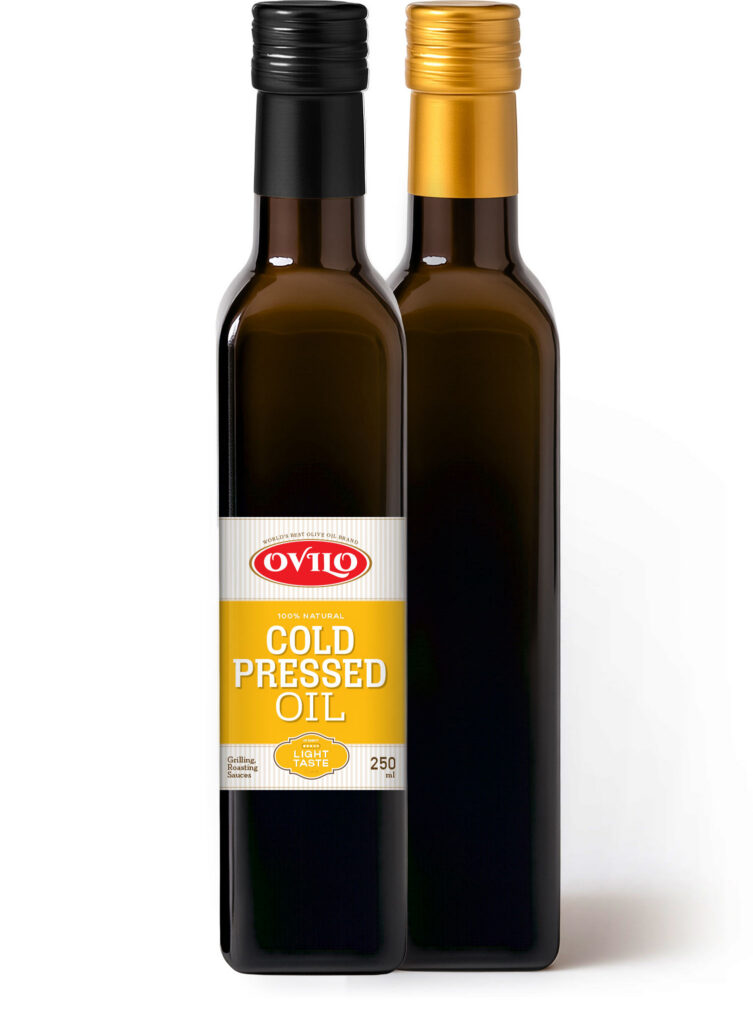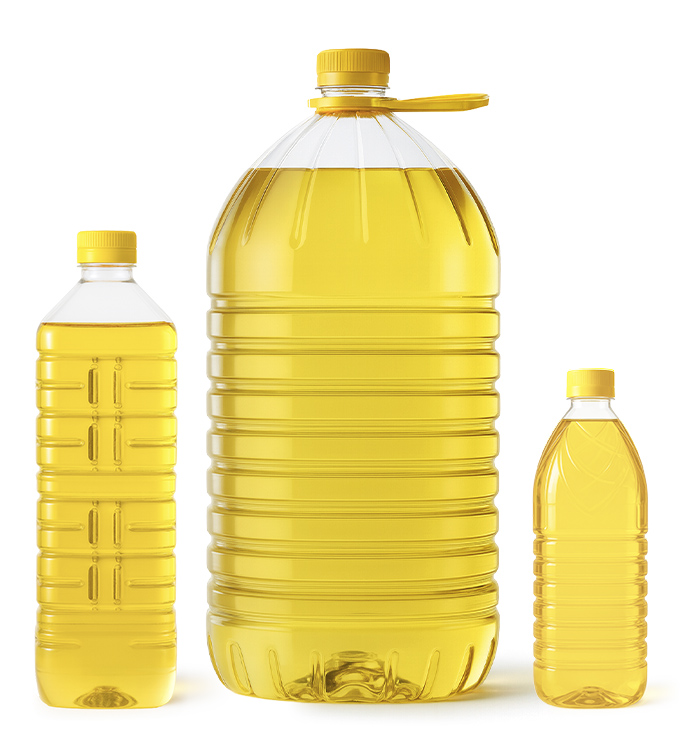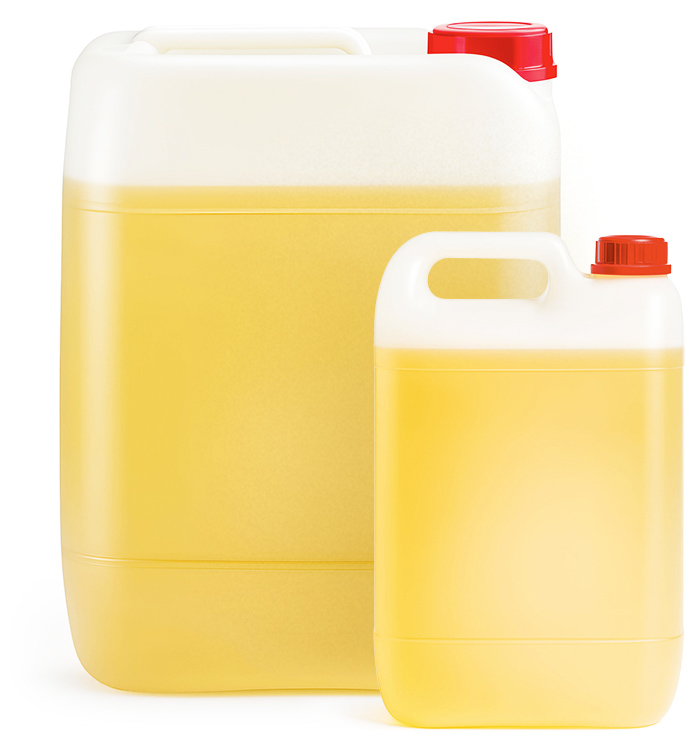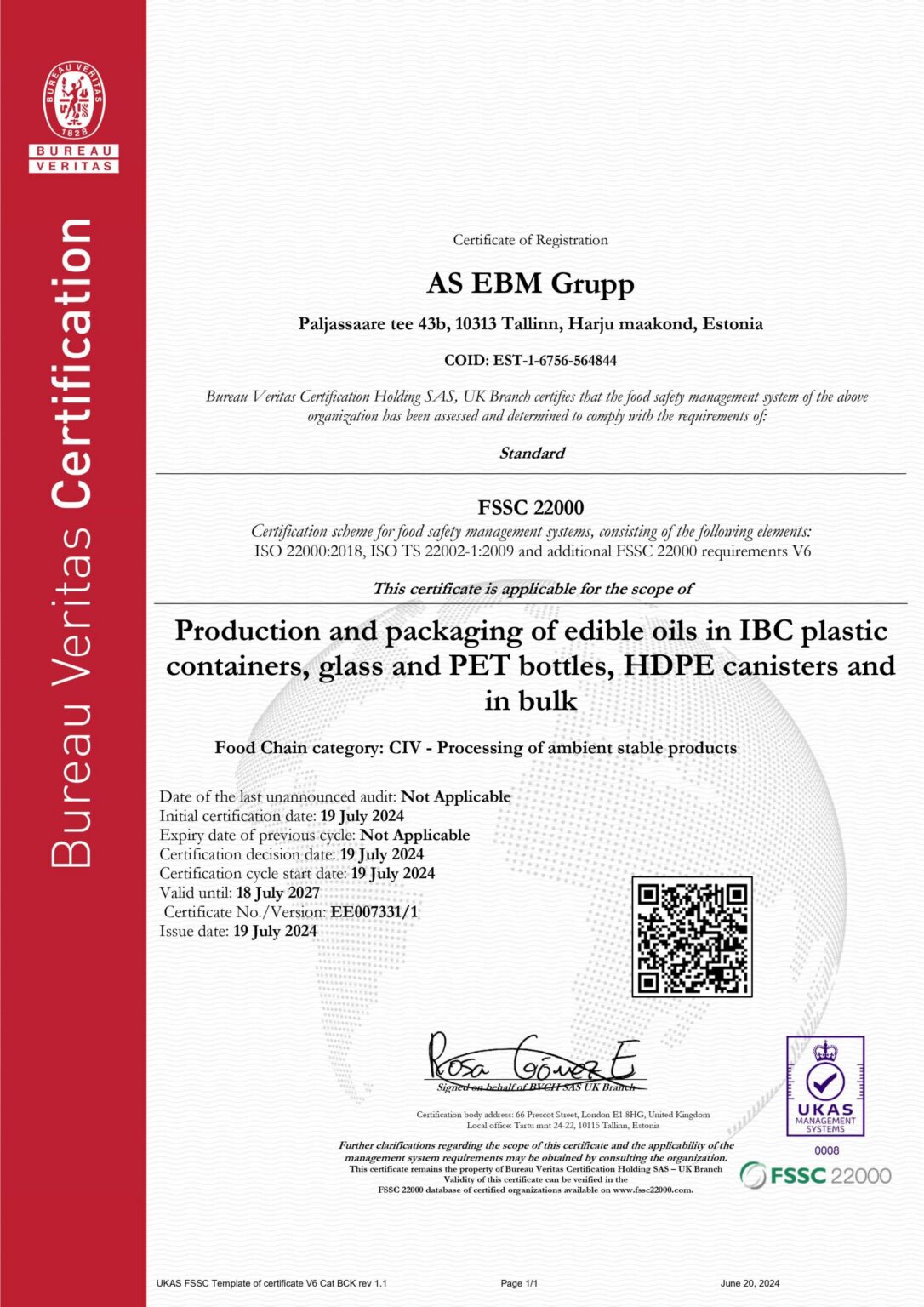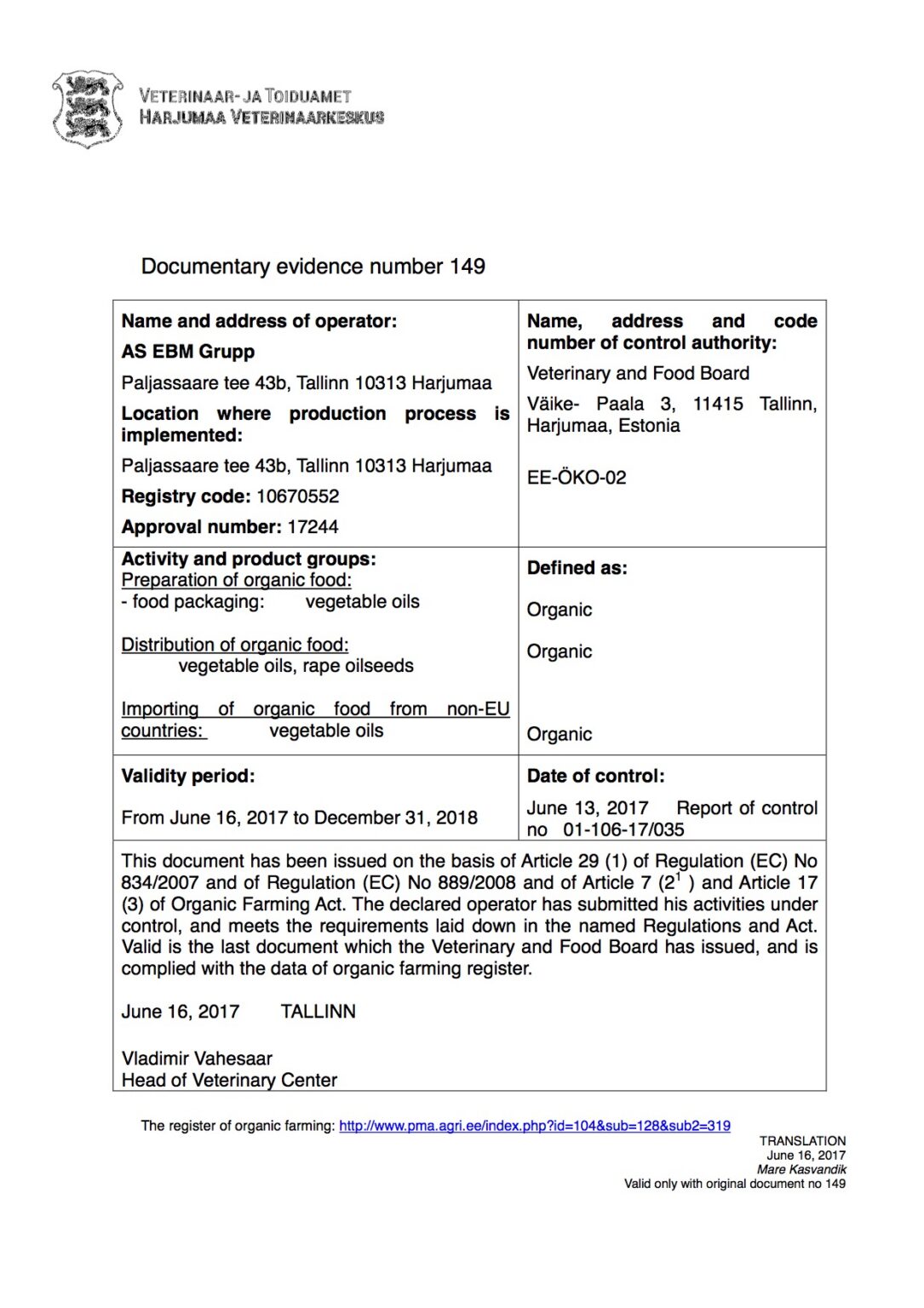Cooking oil terminal in Tallinn
Cooking oil terminal in Tallinn
EBM Grupp AS offers high-quality edible oils, where quality is always the top priority.
Edible oils for every need



Business activities
EBM Grupp AS is a modern edible oil terminal in the Baltic States that bottles, packages, and stores all types of edible oil. Founded in 2000 by private investors, we are part of the Port of Tallinn infrastructure and place the quality of goods first.
Production and infrastructure
The production facility is located 250 m from the quays and has been built using modern solutions. The terminal has 9 stainless steel tanks with a total capacity of 3,500 tons, and good sea, rail, and road connections ensure fast and flexible delivery.




The activities of EBM Grupp AS comply with European Union and international quality standards in the fields of food safety and production.
Quality and certification
The company holds international certificates that confirm the compliance of its products and processes with quality and hygiene requirements.
EBM Grupp AS’s food safety system is based on HACCP principles (certificate since 2005), and its production has been awarded the ISO 22000:2005 certificate since 2011 and the FSSC 22000 certificate since 2024.
Edible oil under your brand
We offer a wide range of high-quality edible oils under your brand. We take care of the entire service, from packaging and logistics to customer-specific label design and printing.
